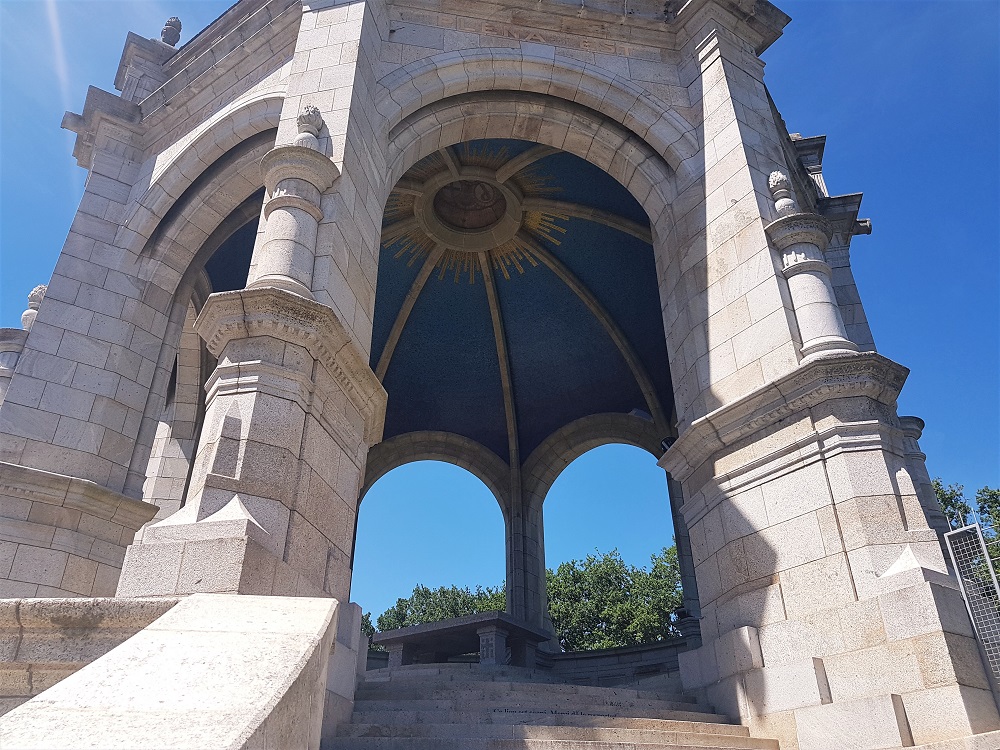Kraków’s historic Jewish quarter is a bustling hive of hip bars, cafés, restaurants and shops, nestled among old synagogues, notable churches and informative museums.
A brief history of Kazimierz
Kazimierz dates back to 1335 when King Kazimierz the Great decided to create a new town to the west of Kraków, which he promptly named after himself.
The quarter became home to a sizeable Jewish population after King Jan Olbracht forced them out of Kraków’s Old Town in 1495.
The Second World War unleashed unimaginable cruelty and devastation on the quarter’s Jewish inhabitants, as they were forcibly moved to a ghetto in neighbouring Podgórze, south of the Vistula River. Many were later transported to concentration camps by the Nazis, never to return.
Neglected after the war, Kazimierz was rejuvenated when Steven Spielberg chose to film much of Schindler’s List in the area.
The quarter is now a great place for mooching around with lots of interesting places to stop and visit.
Tempel Synagogue

The newest of Kazimierz’s many synagogues, the Tempel Synagogue was founded in the mid-19th century, used as an ammunitions warehouse by the Nazis and given a significant facelift in the 1990s.

Today, the neo-Baroque synagogue is mostly used as a venue for festivals and concerts.

I popped inside the splendid synagogue, which features intriguing Moorish influences, and was dazzled by its spectacular ceiling (above).
Church of St Catherine

I’d been really keen to see the 14th century Church of St Catherine, which my guidebook described as “one of the most beautiful Gothic churches in Kraków”.
But when I went to have a look inside, I discovered it was closed between October and April, so I had to make do with admiring its enormous red-brick exterior instead (above).
Pauline Church on the Rock, also known as Skalka

This wonderful church is at the far end of Kazimierz on the banks of the Vistula River and, as its name suggests, is built atop a rock.

The church has a storied history. Founded in the 11th century, it’s the site of the murder of Saint Stanislaus, Bishop of Kraków, who was killed by King Boleslaw II in 1079, in a tale reminiscent of England’s King Henry II and Thomas á Becket, Archbishop of Canterbury.

According to the history books, Stanislaus and Boleslaw had a tumultuous relationship, but tempers flared when Stanislaus excommunicated Boleslaw over his adultery, causing the Polish king to accuse the bishop of treason.
When Boleslaw’s men baulked at the prospect of killing a bishop, Boleslaw decided to do the job himself.
The ensuing fall out saw Boleslaw deposed and replaced by his brother Wladyslaw I. The ex-king fled to Hungary, where he too was murdered a few years later.

The present, eye-catching Baroque church dates back to the 18th century and the decor inside is suitably lavish.

The crypt under the main body of the church is home to the national pantheon of Polish culture (above) and is the burial place of numerous notable Poles, including the poet Adam Asnyk and the artist Stanislaw Wyspiánski.
The Ethnographic Museum in Kraków

Kazimierz’s former town hall now plays host to Kraków’s Ethnographic museum, a superb collection of artifacts that introduces visitors to traditional Polish life and customs.

The museum’s ground floor recreates a series of rooms from Polish cottages and includes a replica of a traditional kitchen (above) and bedroom (below).

Upstairs, the museum features all manner of aspects of traditional life and customs, from farming methods and tools, to fabrics and musical instruments.


